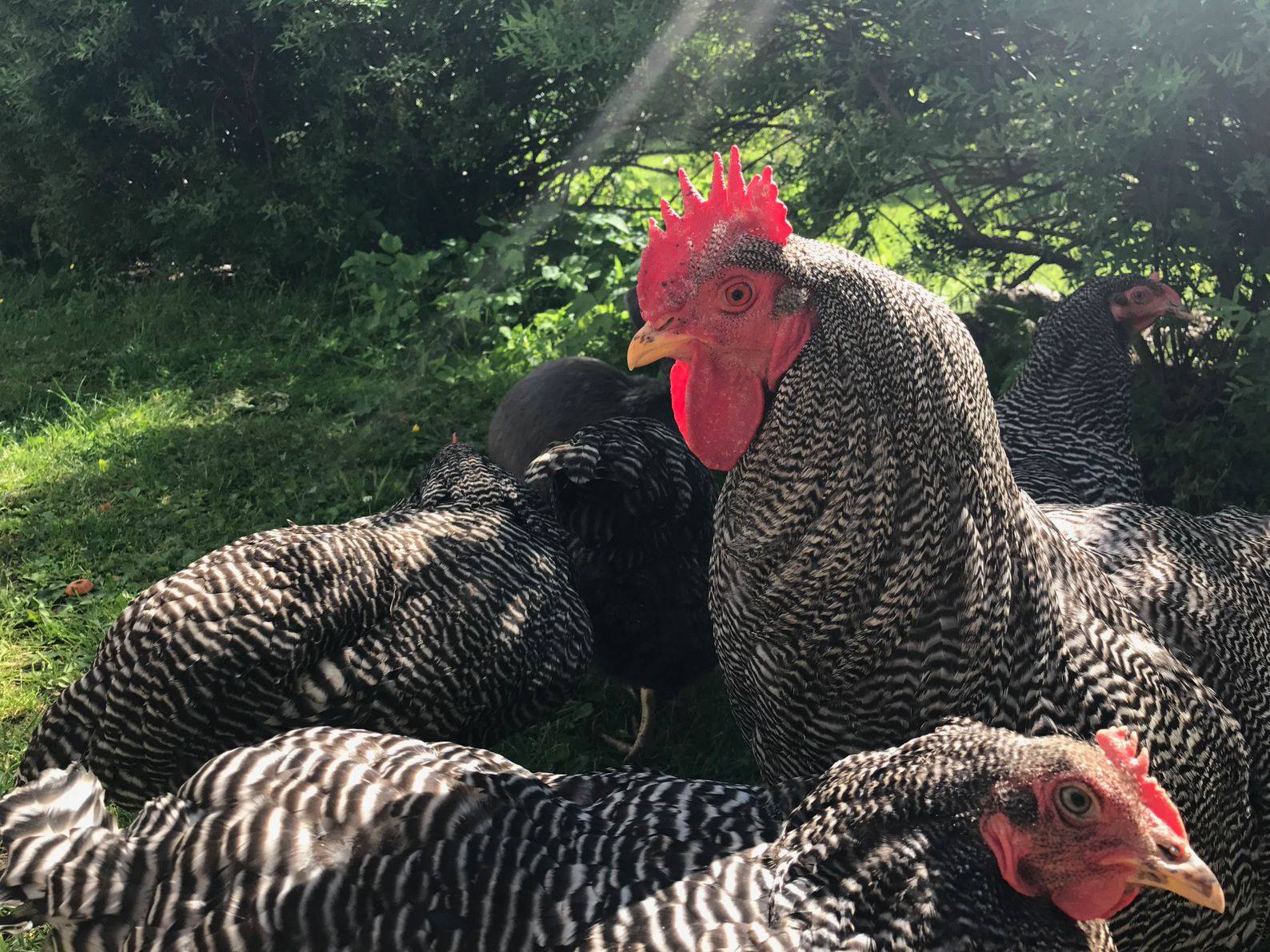As cockerels have no uses in egg production, they are killed soon after hatching. However, this policy has raised criticism. The killing of cockerels was recently prohibited in France and Germany, and the EU market will face pressures to find alternatives. These may include shifting to multi-purpose breeds or identifying the gender of embryos during brooding. Multi-purpose breeds would be especially ideal for organic production.
Are cockerels reared for slaughter?
According to current knowledge, hens of multi-purpose breeds produce fewer eggs and roosters grow more slowly than those of meat production breeds. Even though the chicken leg may be muscular, the low breast yield reduces their competitiveness. Differences have also been found in egg quality from time to time.
The EU-funded PPILOW project aims to identify multi-purpose crosses with sufficiently high yields, whose cockerels are reared for slaughter instead of being killed after hatching. The project studies the egg production, daily growth, feed efficiency rate, welfare and production costs of three different crosses, and investigates the impact of genotypes and living environments on various key figures.
In recent years, methods have been developed to identify the gender of the embryo already during brooding without needing to brood male eggs until hatching. The methods are based on identifying anatomical, physiological and genetic differences between male and female embryos.
When used commercially, the sorting method must be quick, affordable and accurate, and it cannot reduce the hatching speed, health or production rate. The PPILOW project seeks new breed-independent embryo traits so that the gender can be identified even earlier. For example, molecular egg scanning helps identify egg or embryo structures that indicate the gender. Another goal is to develop new tools based on the radio frequency technology.
Additional costs as a downside
The PPILOW project identified the opinions of consumers and production chain actors on different alternatives to killing cockerels through a survey conducted in nine European countries.
Roughly half of all respondents representing the production chain considered the gender sorting of eggs and the rearing of cockerels for slaughter to be both viable and useful for animal welfare. Finnish respondents were more critical towards the viability of gender sorting than respondents in other countries.
Some two thirds of all consumers who responded to the survey regarded the use of production methods that avoid the killing of cockerels as highly or fairly recommended. However, gender sorting and the shift to multi-purpose breeds generate additional costs that should be covered by the product price. In addition, new uses should be found for male embryos after sorting, including pet feed. As the coexistence of egg and meat production is an advantage of multi-purpose breeds, they could be fitted in the market segment of organic production.
Authors: Jarkko Niemi and Minna Väre, Luke; Sophie Réhault-Godbert, INRAE; Maxime Réverchon, SYSAAF; and Katia Grenier, CNRS
Additional information: Review: What are the challenges facing the table egg industry in the next decades and what can be done to address them?
The PPILOW project is funded by the European Union’s Horizon 2020 research and innovation programme (agreement number 816172).
